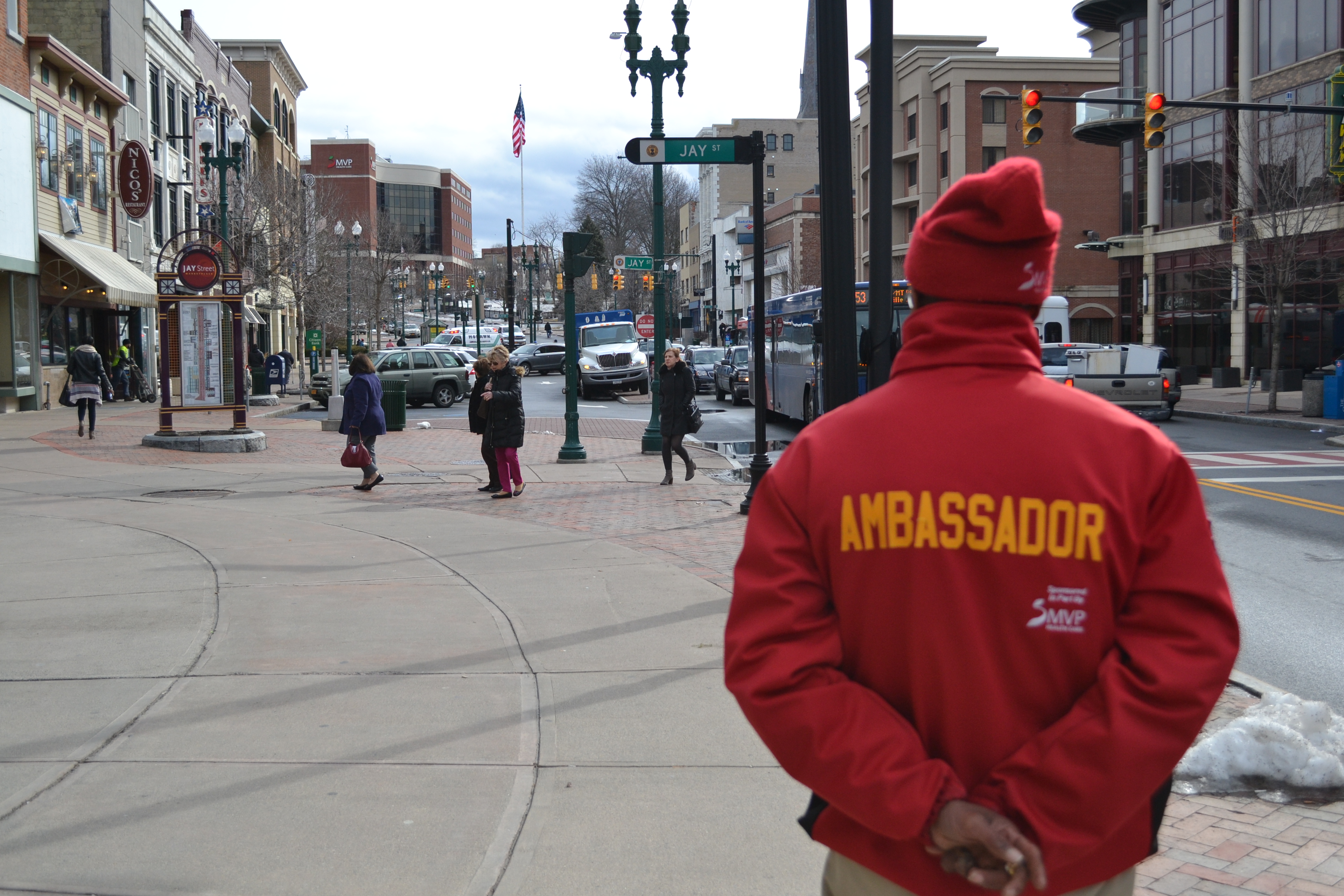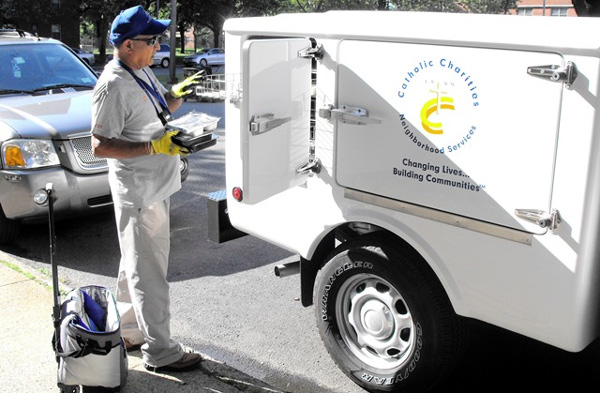Overview
After two weeks, we have seen differences in access to healthcare and resources in Niskayuna and Schenectady. Our analysis has shown that individuals in the two communities differ in their access to care, and various factors affect the overall health of the community. Differences in socioeconomic status, financial resources, and location are some of these factors that determine who can have access to care in these communities. For example, we saw that there are parts of Schenectady that have inadequate resources due to the lack of investment and demographic shifts after the closure of the large GE manufacturing plants. This week, we are going to shift our attention to the diverse populations in Niskayuna and Schenectady, and observe how these populations are served and what factors affect their access to care.
Brief Analysis
Diverse patient populations exist in both communities, however it seems that there are more factors in Schenectady that tend to affect certain population’s access to care. For example, we have seen that there are more populations in Schenectady compared to Niskayuna that need better access to care because of financial resources and location. Living around these communities for the past 20 years, I have seen many organizations and programs that cater to ‘at-risk populations’ or ‘low-income populations’ in Schenectady, but have not seen those in Niskayuna. Why is that? When we look at the demographics of both towns, we find that Schenectady has a larger African American population than Niskayuna, the median income in Schenectady is almost half that of Niskayuna, and the poverty rate is higher in Schenectady (1,2). Are racial disparities and inherent racial biases the cause for the lack of investment in proper resources, and inhibiting access to resources? Or is it the financial resources of the individuals and overall community that prevent commercial investment and developments in the area? Is the socioeconomic status/financial resources of the community directly correlated with the number of populations that lack access to proper care? The correlation in Schenectady seems to be more nuanced. When we look at diverse populations, especially in Schenectady, inherent problems (i.e racial disparities) inhibit certain populations from receiving care. When we look at Schenectady, we find diverse populations of lower socioeconomic status that include the homeless, domestic violence survivors, at-risk youth, and seniors; these populations are at a disadvantage because of their financial resources and location. This needs to change.
What are people doing to help?
As I noted, there are a lot of organizations that serve the diverse populations that may need better access to care. These organizations are vital to the community because they connect these populations to the resources to seek care without any conditions. Regardless of their financial status, insurance coverage, or other needs, these organizations provide care and genuinely want to help the diverse patient populations. Especially now during the COVID-19 pandemic, these organizations have stepped up to provide services in a safe environment for those in need. I have selected three organizations that I think play an important role in the community.
The City Mission of Schenectady is an organization located centrally in Schenectady that focuses on providing resources for the homeless population (2). Their programs involve shelter for homeless men, women and children, meals for anyone in the

community, employment and training resources for men and women, clothing for the community, and career programs that help advise on people’s future and trajectory (2). In 2019, they served 253,602 meals, provided 33,490 nights of lodging to people, and included nearly 37,000 volunteer hours (2). I want to highlight an important program run by the City Mission called the Downtown Ambassador program, where the City Mission trains people who were once homeless to be Downtown Ambassadors (3). The Ambassadors serve as guides in Schenectady, walking around the streets of the downtown area, welcoming people to town, helping in crossing the street, and providing directions and restaurant recommendations (3). This is an important opportunity for people to gain experience, confidence, and a sense of purpose on their journey to stability in their lives (3).

YWCA of Schenectady is located in Schenectady, and provides resources to over 6,000 families in the community (4). They have a housing program for single homeless women and homeless women with children (4). Another important program is the YES (YWCA Economic Solutions) program, which provides domestic violence victims and homeless women resources for employment, education, and financial stability (4). One of the most important programs of the YWCA of Schenectady is their domestic violence program (4). They are the only licensed domestic violence shelter in Schenectady County, and they provide resources 24/7, 365 days a year (4). YWCA of Schenectady has counseling programs, a 24 hour hotline, and advocates at the police station, family court, and child protective services for victims of domestic violence (4). This is very important because people who are victims of domestic violence have limited to no options, and have to leave their life and surroundings to save their life, so the YWCA provides the essential services to help the victims break free and take control of their life.
Catholic Charities, Senior and Caregiver Support, began in Schenectady County more than 75 years ago, and provides care and resources for the older population (5). They have programs that connect older adults and their caregivers with healthcare resources. Among their programs are the Aging Life Services program, which connects older adults with essential services such as transportation resources so that they can maintain or improve their quality of life (5). They also have a Dayhaven social adult day program for older adults with short term and long-term physical or cognitive impairments (5). One of their important programs is called the Meals on Wheels Program, operating since 1975, where they deliver food 7 days a week (5). They deliver food to those who are homebound and those in economic need. An important part of the program is that the food delivery allows the Catholic Charities staff the opportunity to assess the conditions of older adults’ living conditions so that they can connect the older adults to essential resources so that they can maintain or improve their current quality of life (5).

Conclusion
We have observed how diverse patient populations are served care in Schenectady. Some of these patient populations include the homeless, older adults, and domestic violence victims, and different factors such as socioeconomic status and financial resources may affect how these populations receive proper care. It is important that organizations in the community are stepping in and taking the initiative to provide resources to connect the patient populations to proper care. Catholic Charities, the City Mission, and YWCA Schenectady are three great examples of community organizations investing time and resources to take care of the diverse populations. Programs like these will help improve individual health and the health of the community, inspire others to invest in the community, and influence government policy by bringing awareness to issues in the community. Are there community organizations in your community that provide these essential services to diverse patient populations? Which patients are they helping? How can you get involved and help? Please take the time to learn about these organizations and safety help those in need, especially now during COVID-19 pandemic.
References
- “QuickFacts: Niskayuna Town, Schenectady County, New York.” United States Census Bureau, United States Census Bureau, www.census.gov/quickfacts/niskayunatownschenectadycountynewyork.
- “ QuickFacts: Schenectady City, New York.” United States Census Bureau, United States Census Bureau, www.census.gov/quickfacts/fact/table/schenectadycitynewyork/PST04521
- “What We Do.” City Mission of Schenectady, citymission.com/what-we-do/.
- Ambassador, Downtown. “DOWNTOWN AMBASSADORS.” City Mission of Schenectady, 16 May 2016, citymission.com/ambassador-program-provides-a-new-start/.
- “Programs & Services.” YWCA NorthEastern New York, www.ywca-neny.org/programs-services/
- Programs and Services. Catholic Charities Senior & Caregiver Support Services, www.ccseniorservices.org/programs-services.

Comments by nathk